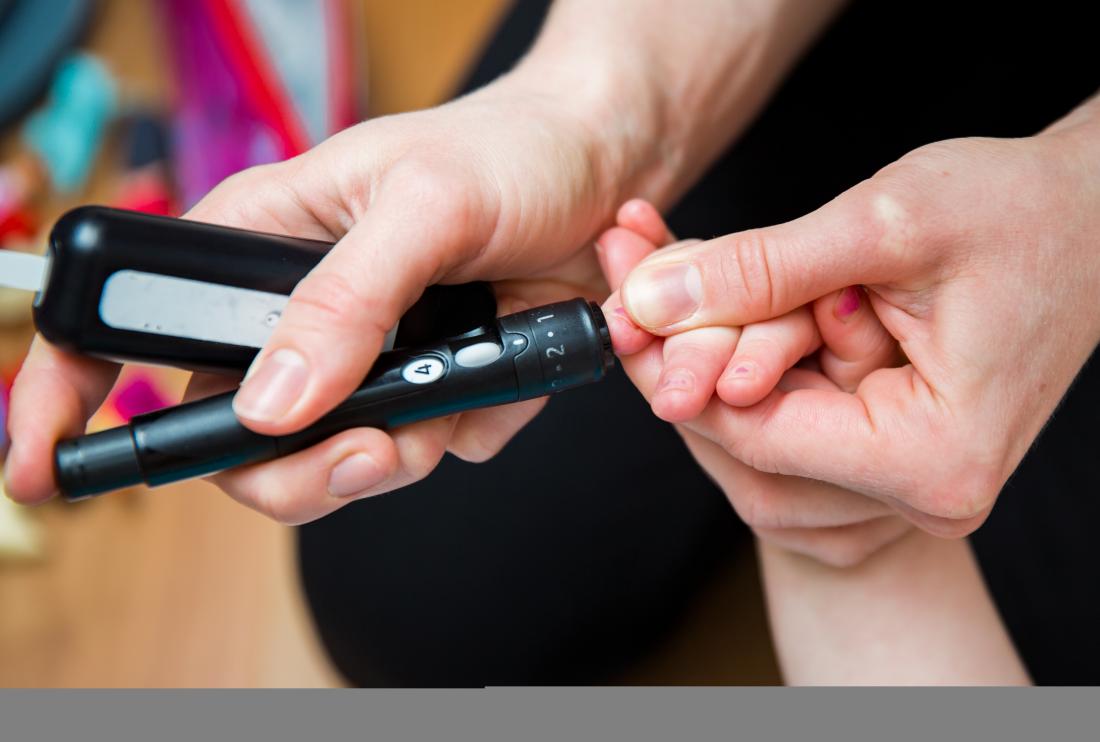
Diabetes is a chronic medical condition that affects millions of people worldwide. Diabetes is characterized by high levels of glucose (sugar) in the blood, which can lead to various complications such as nerve damage, kidney failure, and blindness. The management of diabetes requires a multifaceted approach, including lifestyle modifications, medication, and monitoring of blood glucose levels. One of the most important medications used to treat diabetes is insulin. This article will discuss the role of insulin in managing diabetes and how to administer insulin using an insulin pump with continuous glucose monitoring (CGM).
What is Insulin?
Insulin is a hormone produced by the pancreas that regulates the level of glucose in the blood. In people with diabetes, either the pancreas does not produce enough insulin (type 1 diabetes) or the body cannot effectively use the insulin produced (type 2 diabetes). Insulin therapy is a critical component of diabetes management for people with type 1 diabetes and may also be required for people with type 2 diabetes who have not achieved adequate blood glucose control through lifestyle modifications and other medications.
Insulin Therapy
Insulin therapy involves administering insulin through injection or an insulin pump. Insulin therapy aims to mimic the natural insulin secretion of the pancreas and maintain blood glucose levels within a target range. The amount and timing of insulin administration depend on factors such as food intake, physical activity, and blood glucose levels.
Several types of insulin are available for diabetes treatment, including rapid-acting, short-acting, intermediate-acting, and long-acting insulin. A rapid-acting insulin is typically used to cover meals and correct high blood glucose levels. In contrast, long-acting insulin provides a steady insulin release throughout the day and night.
Administering Insulin
Insulin therapy can be administered using a traditional insulin syringe or pen. However, an alternative option is the insulin pump with continuous glucose monitoring (CGM) system. An insulin pump is a small device worn outside the body that delivers insulin through a small tube (catheter) inserted under the skin. The pump is programmed to provide a continuous low dose of insulin (basal rate) and additional doses (bolus) before meals and to correct high blood glucose levels.
A CGM system is a device that continuously measures glucose levels in the interstitial fluid (the fluid between cells) and transmits the data to a receiver or smartphone app. This app provides real-time information about glucose levels and trends, allowing for more precise insulin dosing and adjustments. Tandem Diabetes is a leader in insulin pump technology and monitoring software. Visit Tandem Diabetes to learn more about their CGM insulin pumps, management, and monitoring software and access their educational resources for those with diabetes.
Benefits of CGM Pumps
Using an insulin pump with CGM has several advantages over traditional insulin therapy. First, it provides a more flexible insulin regimen, allowing for more precise insulin dosing and adjustments based on real-time glucose data. Continuous monitoring can improve blood glucose control and reduce the risk of hypoglycemia (low blood glucose levels) and hyperglycemia (high blood glucose levels).
Second, an insulin pump with CGM can improve the quality of life for people with diabetes by reducing the number of injections required daily and providing more freedom to eat and exercise without the need for rigid meal and activity schedules.
Challenges of CGM Pumps
However, using an insulin pump with CGM also has some potential drawbacks. One is the cost, as these devices can be more expensive than traditional insulin therapy. Additionally, a learning curve is associated with using an insulin pump and CGM system, which can be challenging for some people. Working closely with a healthcare provider to ensure proper training and ongoing support when starting insulin pump therapy is essential.
Another consideration is the need for regular maintenance and monitoring of the pump and CGM system, including changing the infusion set and sensor, calibrating the sensor, and monitoring pump malfunctions or alarms.
Other Ways to Manage Blood Sugar
It is also important to note that insulin therapy alone may not be sufficient for managing diabetes. Lifestyle modifications such as healthy eating, regular physical activity, and stress management are essential for achieving and maintaining blood glucose control.
In addition to insulin therapy, there are other medications available for diabetes treatment, such as oral medications and injectable non-insulin medications. Your healthcare provider can help determine the best treatment approach based on your needs and medical history.
In conclusion, insulin therapy is a critical component of diabetes management for people with type 1 and some with type 2 diabetes. Using an insulin pump with continuous glucose monitoring (CGM) can provide more flexible insulin dosing and real-time glucose data, improving blood glucose control and quality of life for people with diabetes. However, working closely with a healthcare provider is vital to ensure proper training and ongoing support when starting insulin pump therapy. Managing diabetes doesn’t have to be a chore; with new insulin pump technology, you can track and manage your blood sugar conveniently and safely.



Leave a Reply
Your email address will not be published. Required fields are marked *